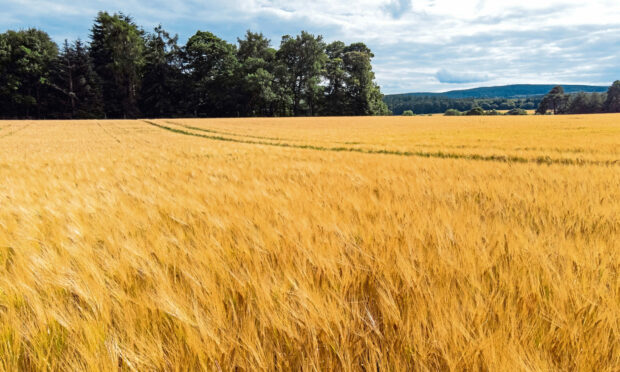The promise of large yield increases from new barley, wheat and oilseed rape varieties is highlighted in AHDB’s new recommended lists for 2023-24, including a few arrivals which could be of special interest to growers in Scotland.
While there are relatively few new varieties on the lists this year, says AHDB’s recommended lists manager Dr Paul Gosling, those that have emerged have done so because of their strength in terms of yield and disease resistance.
Among newcomers highlighted for Scottish growers are the Winter OSR hybrids Turing and Attica, both of which returned a N treated yield of 107%, with the hybrid LG Wagner having a treated yield of 108%.
“These all comfortably outyield Aurelia (104%), which was previously the highest yielding in the north,” said Dr Gosling.
“In the wheat category, meanwhile, KWS Ultimatum offers a high yield in the UKFM group two slot at 103% of controls, with a good disease resistance package.
Grains with good disease resistance
“In the soft group fours, KWS Zealum has a yield the same as Skyscraper, and is the market leader in Scotland, though based on limited data. Grain quality is similar to Skyscraper, with better lodging resistance. Though it has been rated as medium for distilling, it is right at the top of medium, just below a good rating. It also has good disease resistance.
“In the winter barley two-row sector, LG Caravelle is the highest yielding in the north, though based on limited data, with good untreated yield and good grain quality. The new six-row hybrid SY Nephin has high untreated yield, with an eight for rhynchosporium, though treated yield is not best in the north.
The AHDB Early Bird Survey of winter crop plantings indicate an unchanged winter #wheat area for #harvest2023, but a significant increase in the #oilseedrape area at the expense of other cereals. @AHDB_Cereals @AICC1981 @AndersonsCentrehttps://t.co/ZsX31vWurq pic.twitter.com/iMlmwFHz3o
— AgriTrade News (@AgriTradeNews) November 18, 2022
“Finally, for spring barleys, SY Tennyson, which is suitable for brewing and malt distilling, has very high treated yield in the north (106%), though disease resistance and untreated yield are lower.
“Diviner, meanwhile, is suitable for malt distilling and also has high yield in the north (105%) though untreated yield is a little lower than the best varieties. These are still under test, so growers should speak with grain merchants before committing to these varieties.”

Conversation